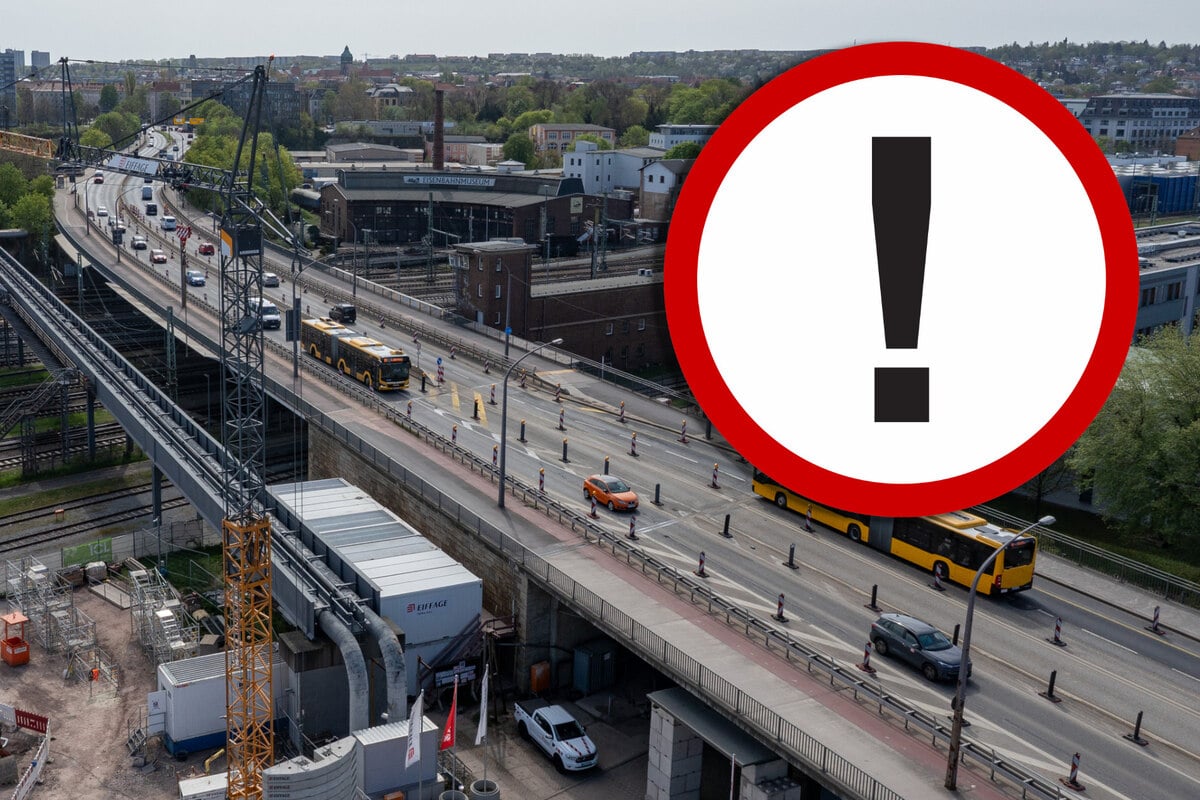Hegseth Under Scrutiny After Unsecured Internet Line Installed In Pentagon Office
WASHINGTON — Defense Secretary Pete hegseth is facing renewed scrutiny after reports surfaced that an unsecured internet connection was installed in his Pentagon office, raising concerns about potential security breaches and the handling of sensitive data. The Associated Press reported Thursday that the connection, intended for Hegseth’s use of the encrypted messaging app Signal on a personal computer, could increase the risk of hacking, despite being accessible to other Pentagon officials.
This revelation marks the latest in a series of controversies surrounding Hegseth’s dialog practices. Last month, it was reported that he used Signal to share sensitive information about strikes against the Houthis in Yemen. That chat inadvertently included a journalist, raising questions about breaches of protocol and the handling of classified material.
A Pentagon spokesperson told the AP that Hegseth’s communications systems are classified,but that “the Secretary has never used and does not currently use Signal on his government computer.”
Timeline of Events
The controversy surrounding Hegseth’s use of Signal and potential security lapses has unfolded over the past month:
April 24: The Associated Press reports that Hegseth had an unsecured internet connection installed in his Pentagon office (for use on a personal computer), and the Pentagon confirmed that Hegseth’s communications systems are classified, but that “the Secretary has never used and does not currently use Signal on his government computer.”
April 22: Hegseth “did not deny” sharing information in a second Signal chat about Houthi strikes when asked about it by reporters, but claimed he only shared “informal, unclassified coordinations.”
April 21: The New York Times reports that Hegseth shared detailed information about Yemen strikes against Houthis in a second chat on the same day he shared the information in a chat with Atlantic editor-in-chief Jeffrey goldberg, though this time it was in a private Signal group with around a dozen people including his wife, brother and lawyer that Hegseth had created.
April 20: John Ullyot, a former chief Pentagon spokesperson, published an opinion piece in Politico alleging it had “been a month of total chaos at the Pentagon” and “the building is in disarray under Hegseth’s leadership.”
April 16: Two Pentagon staffers,Darin Selnick and Colin Carroll,were “put on administrative leave,” and they along with ex-Hegseth adviser Dan Caldwell released a statement three days later saying they had not been told why they were being investigated and were “incredibly disappointed by the manner in which our service” at the Pentagon ended.
April 15: Caldwell—a key Hegseth adviser who Hegseth had named as the best point of contact in the Signal chat about the Yemen strikes—was “placed” on administrative leave for “an unauthorized disclosure.”
April 3: The inspector general of the Defense Department “began” an “evaluation” into Hegseth’s use of Signal at the request of the chairman and ranking member of the Senate Armed Services Committee, Sen. Roger Wicker,R-Miss., and Sen. jack Reed, D-R.I.,respectively,to determine whether any DoD policies were broken or classified information was shared.
March 31: White House press secretary Karoline Leavitt “told reporters” the “case has been closed … as far as we are concerned” and that “there have been steps made to ensure that something like that can obviously never happen again.”
March 26: The Atlantic “published” screenshots of the messages sent on Signal from hegseth and other officials that detailed attack plans for strikes on the Houthis, including precise launch times, descriptions of targets and weaponry.
March 24: Hegseth “denied” he had sent classified information and “said” “nobody was texting war plans” and suggested goldberg was “deceitful and highly discredited,” though a National Security Council spokesperson “confirmed” the authenticity of the group Goldberg said he was added to.
* March 24: Goldberg “published” an article alleging he was unintentionally included in a chat on Signal in which Hegseth and other top Trump governance officials discussed sensitive plans to attack Houthi targets in Yemen.
What Has trump Said About Hegseth’s Use Of Signal?
President Donald Trump has publicly supported Hegseth amidst the controversy. Speaking to reporters Monday, Trump said Hegseth was “doing a great job” and said reports on the Signal chats were “a waste of time.” After the first report of Hegseth sending classified information in the chat with Goldberg, Trump had similar comments, and questioned whether Signal could have been the problem, “saying” from the White House: “I think Signal could be defective to be honest with you…it could be a defective platform.”
Contra
Rep. Don
Welcome to Archyde News. Today, we have cybersecurity expert Dr. Anya Sharma here to discuss the recent controversy surrounding Defense Secretary Pete Hegseth and the use of an unsecured internet connection in his Pentagon office.
Thank you for having me. It’s a crucial topic, and I appreciate the opportunity to shed some light on the security implications.
Dr. Sharma, let’s dive right in. News reports indicate Defense Secretary Hegseth had an unsecured internet connection installed for his personal computer, purportedly for use with the Signal app. Can you break down the meaning of this?
Certainly. Installing an unsecured internet line in a high-level security environment like the Pentagon is a serious breach of protocol. It acts as an open door. since the connection is unsecured, anyone could perhaps intercept data transmitted through it, including sensitive communications on Signal, a platform designed for secure messaging if used correctly. This creates the risk of hacking and potential data breaches.
The reports also mention that the connection was intended for Signal, and the app has been linked to previous sharing of sensitive information. How does this add to the complexity of the situation?
It intensifies the security concerns.If classified information was indeed shared via Signal over this unsecured connection, the consequences could be severe. The risk of that information falling into the wrong hands – be it foreign governments, or malicious actors – is substantially heightened. It compromises not only operational security but also the safety of individuals involved in those operations.
The timeline also reveals multiple incidents involving the sharing of information on Signal, including discussions about Yemen strikes.How do these events come into play within that timeline?
The timeline paints a picture of repeated security lapses. It suggests a potential pattern of behavior where classified information was shared using a platform that was only secure if used within guidelines. each incident adds another layer of concern, raising questions about how the information was handled, who had access to it, and whether proper protocols were followed or ignored.
We’ve heard that the Pentagon has confirmed that the Secretary has never used and does not currently use signal on his government computer; how do we then interpret the details provided relating to an unsecured internet connection installed in his pentagon office?
The information that the Secretary has never used and does not currently use Signal on his government computer raises some question of why an unsecured internet connection was even installed in the first place. The installation alone signals an awareness and intention to use the app in the pentagon office, and with security concerns at this level, it raises the question of who authorized the installation and why it was unsecured.
Absolutely. The use of Signal, especially on a personal computer connected to an unsecured network, adds another layer of vulnerability. Encryption used by Signal only ensures security if the platform itself is utilized correctly. An unsecured connection undermines all those protections.
There has been a lot of media speculation, what immediate steps should be taken to mitigate these risks?
Firstly, a thorough and independant examination is essential. It should analyze how the unsecured connection came to be,who authorized it,what data was transmitted,and who had access. secondly, a complete security audit of all communications systems and protocols within the Pentagon is vital. All members of the pentagon staff must undergo enhanced security awareness training, emphasizing the importance of secure communication practices and the consequences of negligence.
Dr. Sharma; considering the complexities and severity of the situation, what is the biggest takeaway for our readers?
The key takeaway is that data security is paramount, especially in national security contexts. This case should serve as a reminder that proper protocols, rigorous security measures, and strict adherence to guidelines are not optional.They are essential to protecting sensitive data and preventing breaches that could have dire consequences. Do you think this will influence future security protocol, and should these protocols be the same for all high-ranking government officials?
Dr. Anya Sharma, thank you for your insights.
my pleasure.






